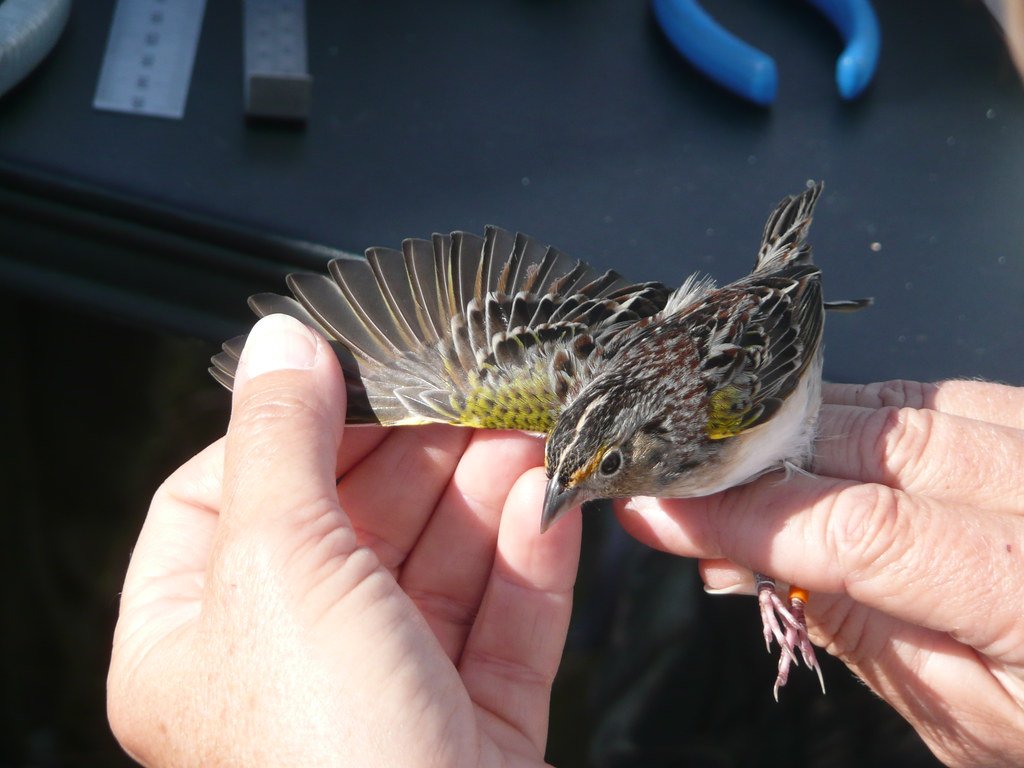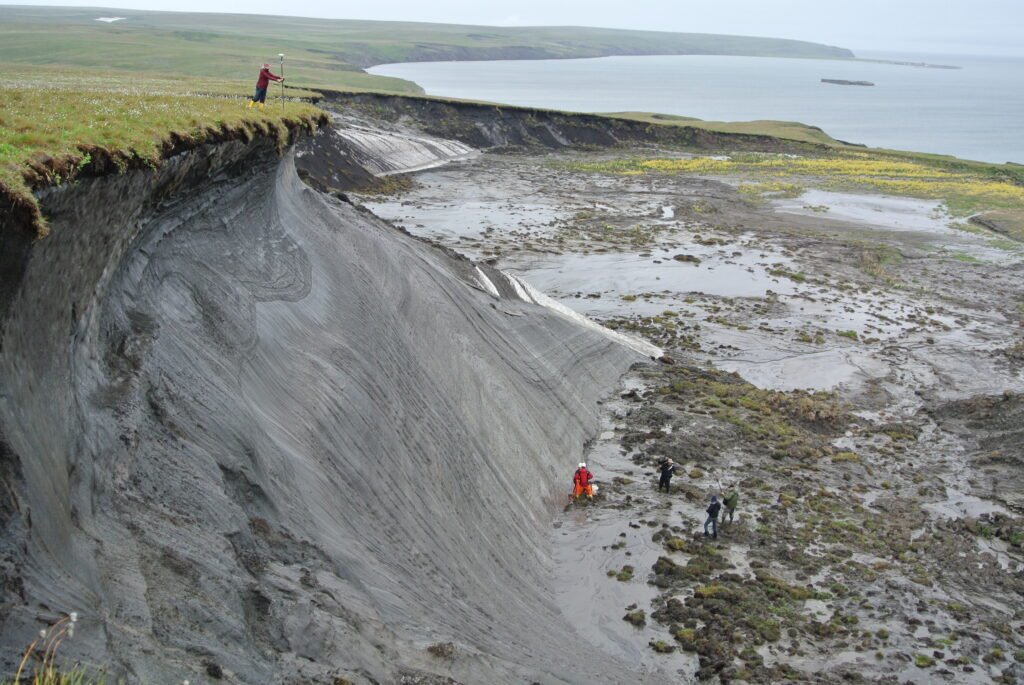Picture this: a tiny bird, no bigger than a teacup, once on the verge of disappearing forever, now chirping with hope again across Florida’s prairies. The Florida Grasshopper Sparrow’s story is not just about one bird’s survival—it’s a testament to determination, passion, and the powerful impact humans can have when we choose to protect what’s precious. The journey from near-extinction to a brighter future is filled with heartbreak, scientific marvel, and the kind of teamwork that inspires us all. Get ready to discover how this little sparrow, long a symbol of vanishing wild Florida, became a shining beacon for conservationists everywhere.
The Rarest Songbird in North America
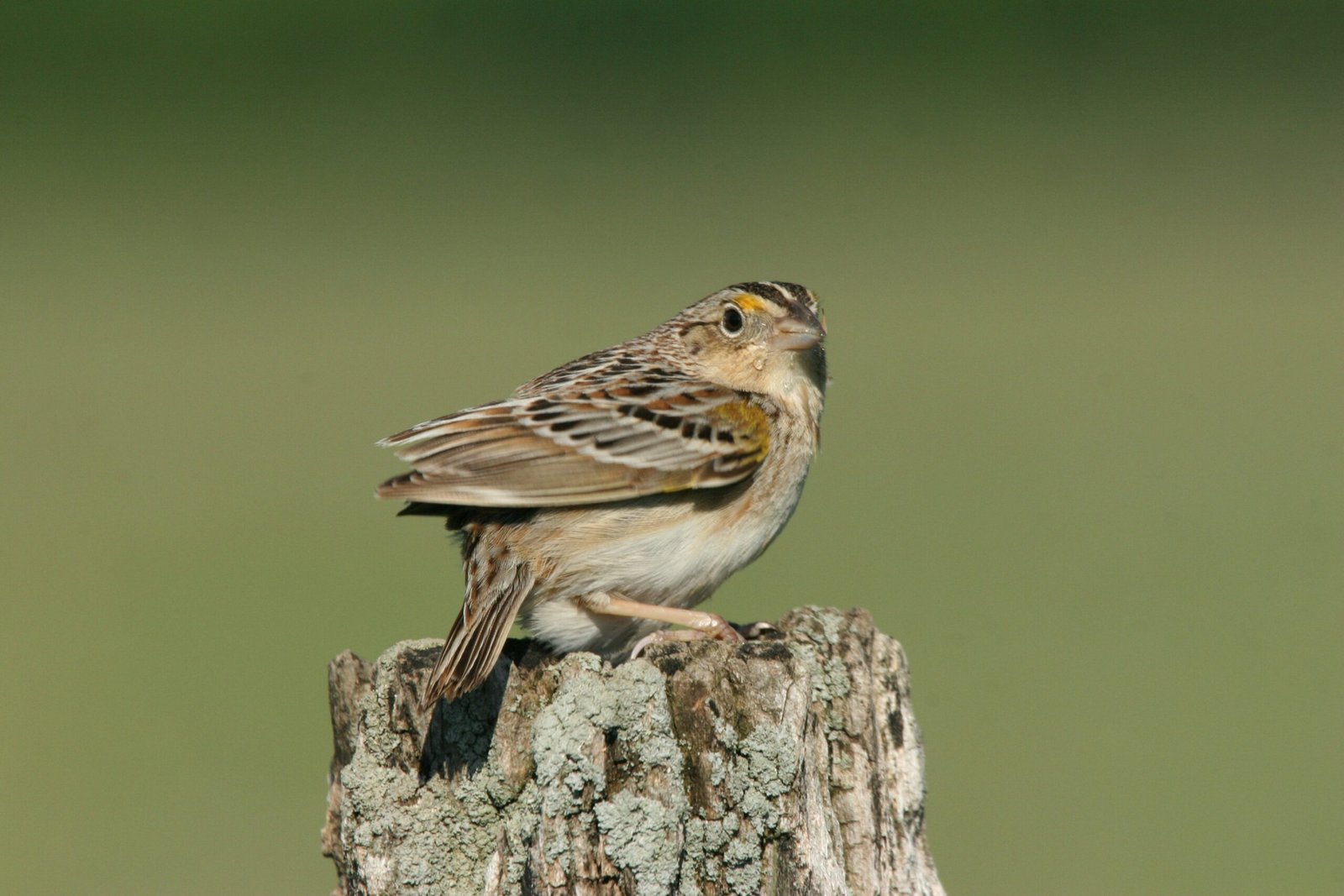
The Florida Grasshopper Sparrow is more than just another bird flitting through the grass. For years, it has held the unfortunate title of North America’s rarest songbird. With its subtle brown plumage and soft, insect-like song, it’s easy to overlook in the wild. But beneath its humble appearance lies a story of survival against overwhelming odds. These sparrows are found only in the dry prairies of central Florida, making them one of the most habitat-specific birds in the country. By 2017, fewer than 80 breeding pairs were left, teetering dangerously close to extinction. Their unique call, once a common sound in the open prairies, had grown heartbreakingly silent.
A Landscape Under Siege
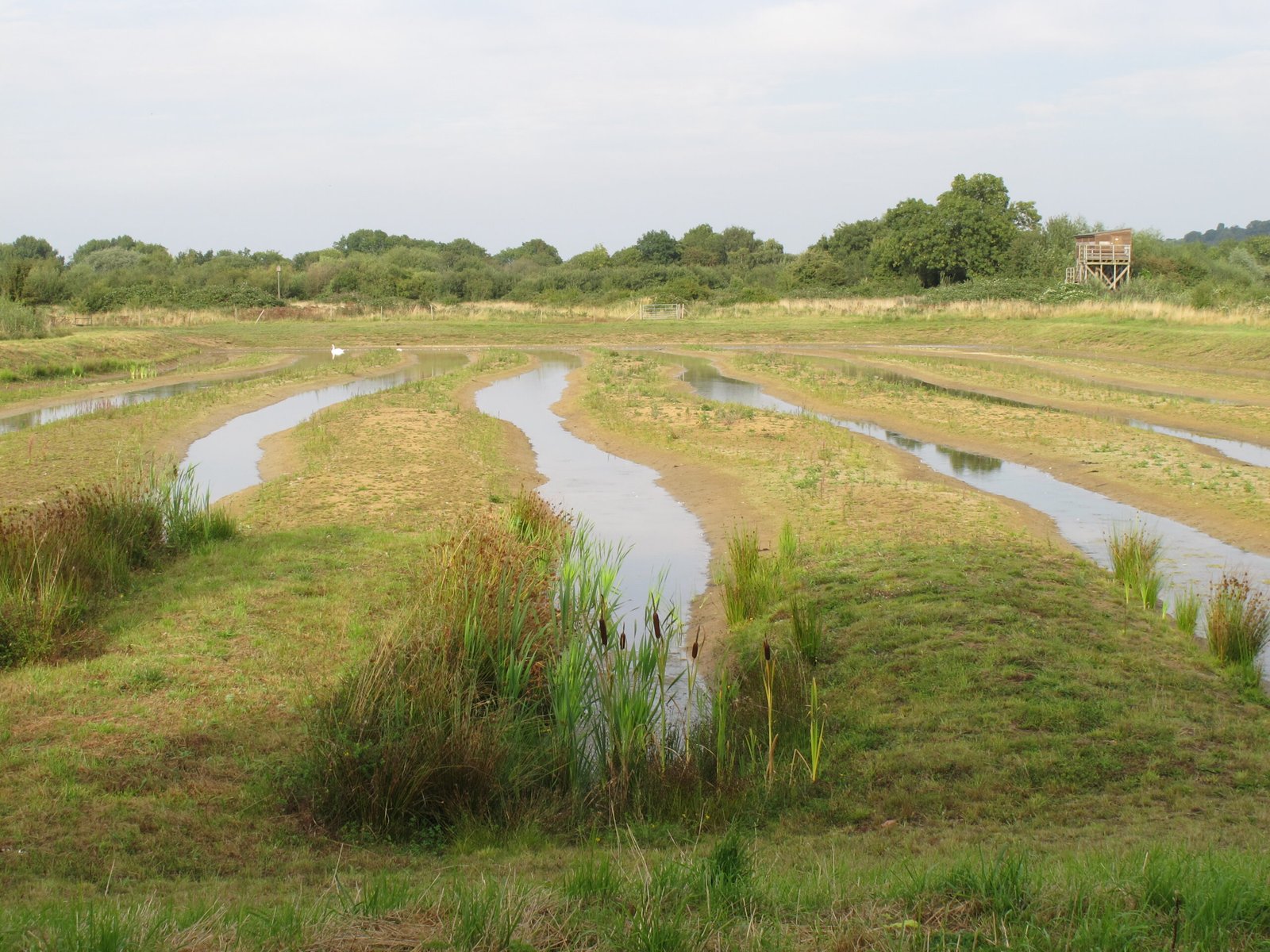
The story of the Florida Grasshopper Sparrow is inseparable from the fate of Florida’s dry prairie. Historically, these vast grasslands stretched across the center of the state, but change came swiftly and relentlessly. Farming, cattle ranching, and urban development carved up the landscape, leaving only fragments of the original habitat. Fire suppression altered the delicate balance of these prairies, allowing shrubs and trees to take over. The sparrow, perfectly adapted to open, grassy spaces, found itself with nowhere left to go. As their world shrank, so did their numbers, leaving scientists worried that this bird might disappear before most people even knew it existed.
The Shocking Plunge Toward Extinction
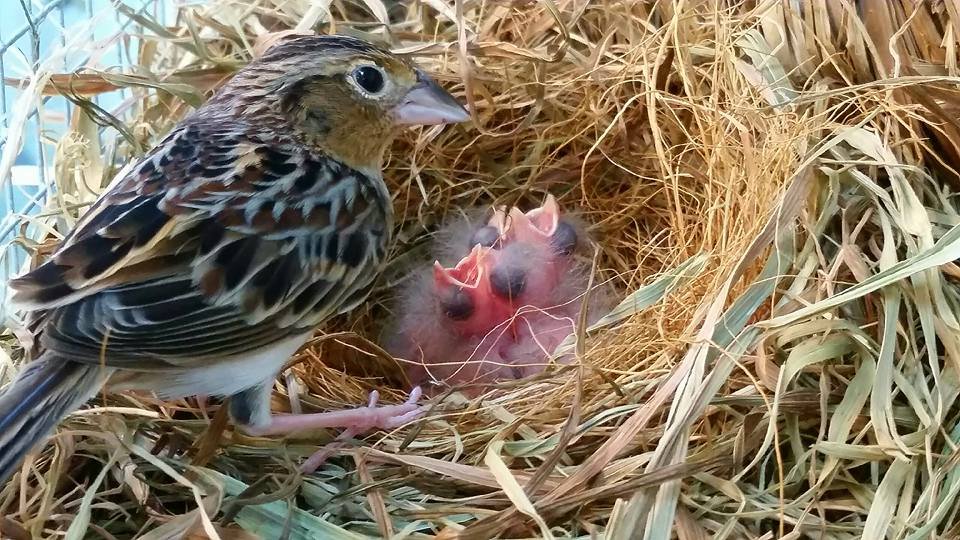
By the early 2000s, alarm bells were ringing loudly among conservationists. The Florida Grasshopper Sparrow’s population crashed at a rate that stunned even seasoned bird experts. Disease, nest predators, and habitat fragmentation all played a part in their decline. Nests were often destroyed by flooding, fire, or predators such as snakes and raccoons. Each failed nest felt like a personal loss to those who had dedicated their lives to saving these birds. By 2018, wild populations were so low that many feared it was already too late. The sense of urgency was palpable—time was running out, and decisive action was desperately needed.
Conservationists Rally: A Race Against Time
Responding to the crisis, biologists, land managers, and passionate volunteers joined forces in an unprecedented conservation effort. Captive breeding programs were launched, with the hope of raising young birds safely away from the dangers of the wild. Teams worked around the clock to collect eggs from the few remaining nests, nurturing them in controlled environments. At the same time, habitat restoration projects began in earnest, with prescribed burns and invasive plant removal returning prairies to their natural state. The energy and commitment poured into these efforts was nothing short of heroic—a true race against extinction.
The Science Behind Saving a Species
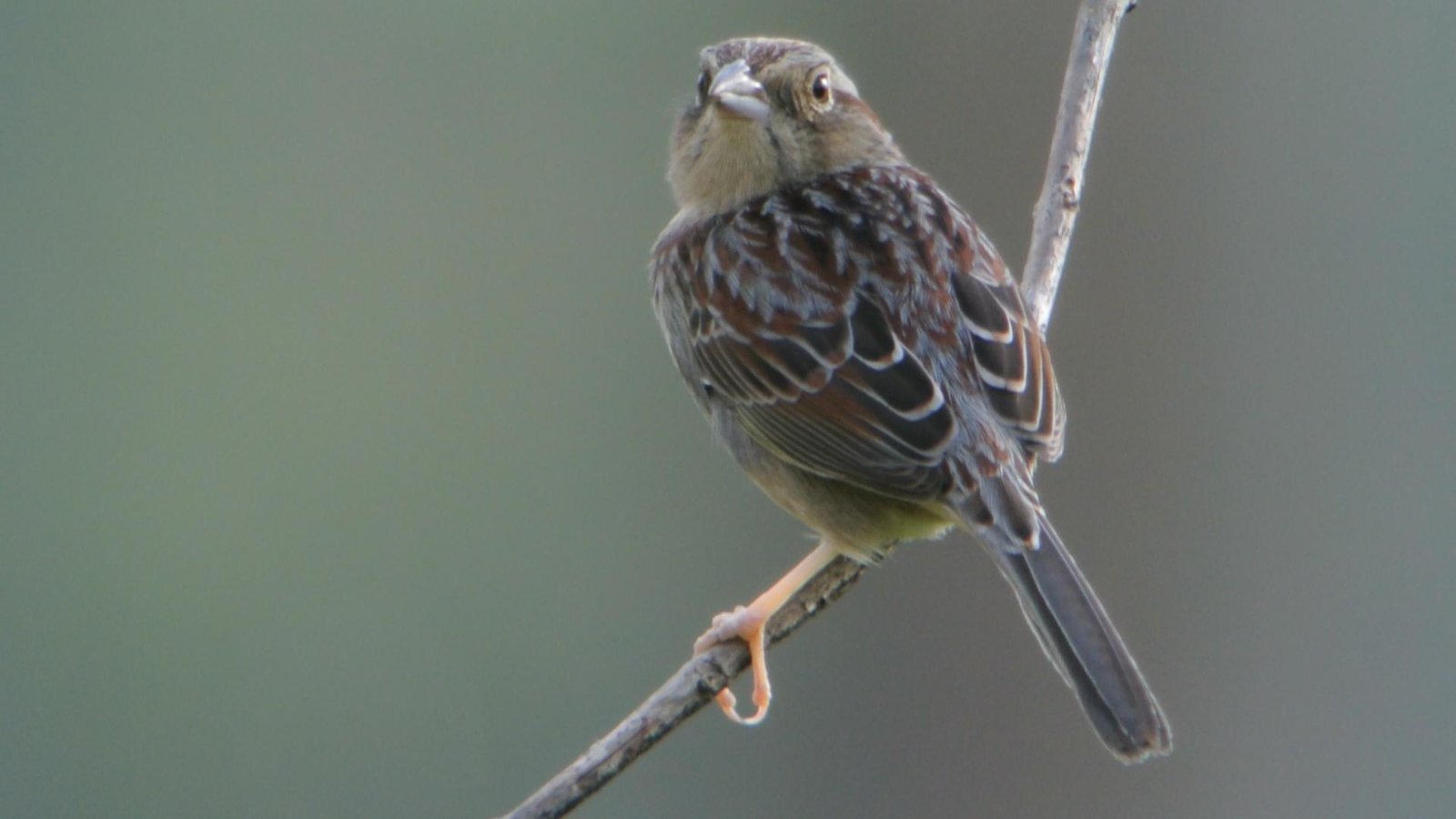
Science played a starring role in the Florida Grasshopper Sparrow’s comeback. Every step, from egg collection to reintroduction, was guided by meticulous research and careful planning. Biologists monitored the genetics of captive populations to ensure diversity and prevent inbreeding. Advanced tracking devices were used to study the sparrows’ movements and survival after release. Scientists even experimented with different feeding and nesting techniques to maximize chick survival. These efforts combined the best of cutting-edge technology and time-tested fieldwork, showing just how powerful science can be when harnessed for good.
Captive Breeding: Raising Hope, One Chick at a Time
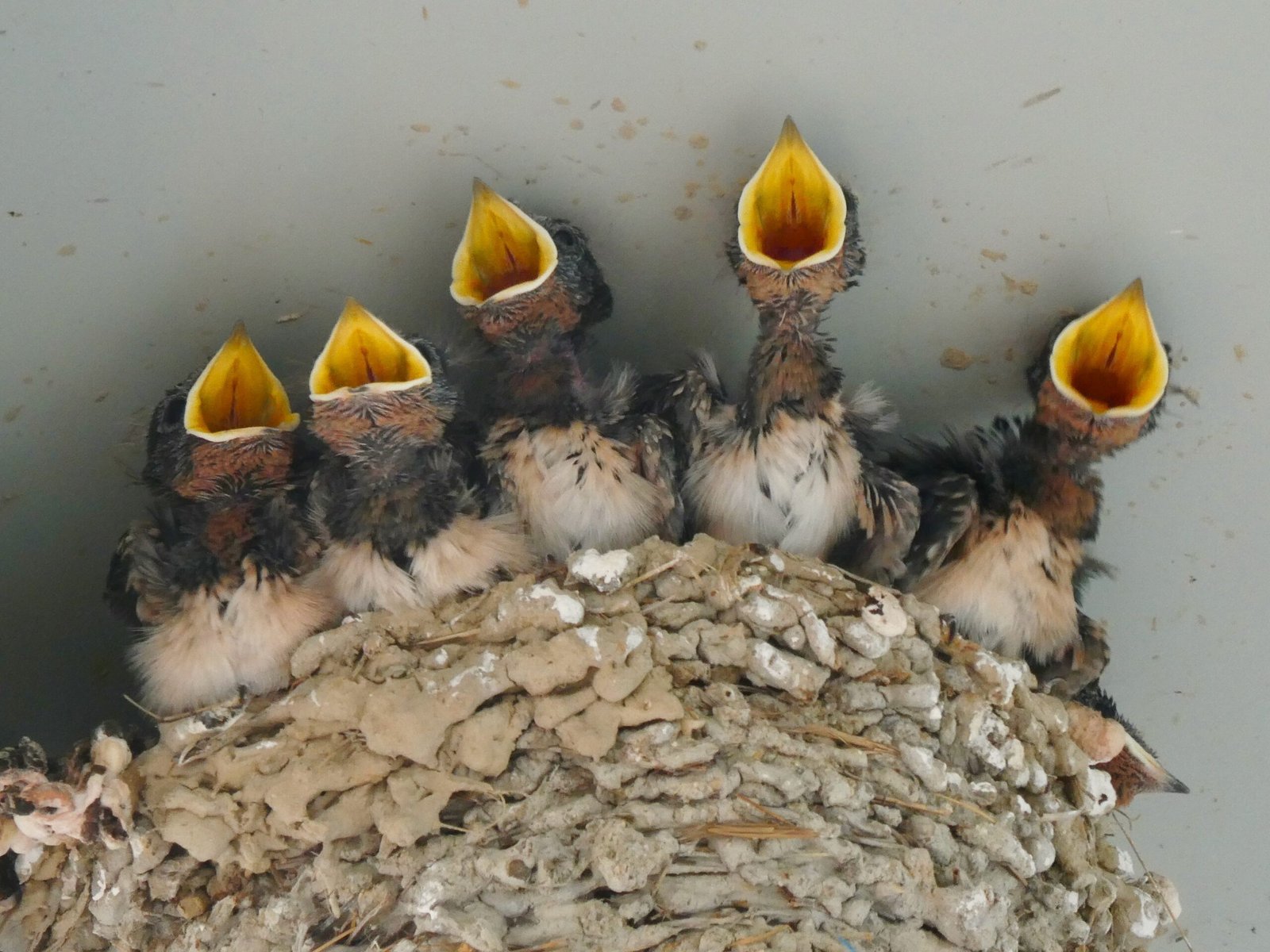
The heart of the revival lay in captive breeding centers, where delicate chicks hatched under watchful eyes. Staff and volunteers became surrogate parents, feeding the nestlings every few hours and keeping them warm. Each fledgling represented a precious glimmer of hope. As the young birds grew strong enough, they were prepared for release back into the wild. The first releases were nerve-wracking; would the birds survive on their own? Slowly, hope turned to cautious optimism as released sparrows began to pair up, build nests, and raise their own chicks—proof that the plan was working.
Restoring the Prairie: Bringing Back a Home
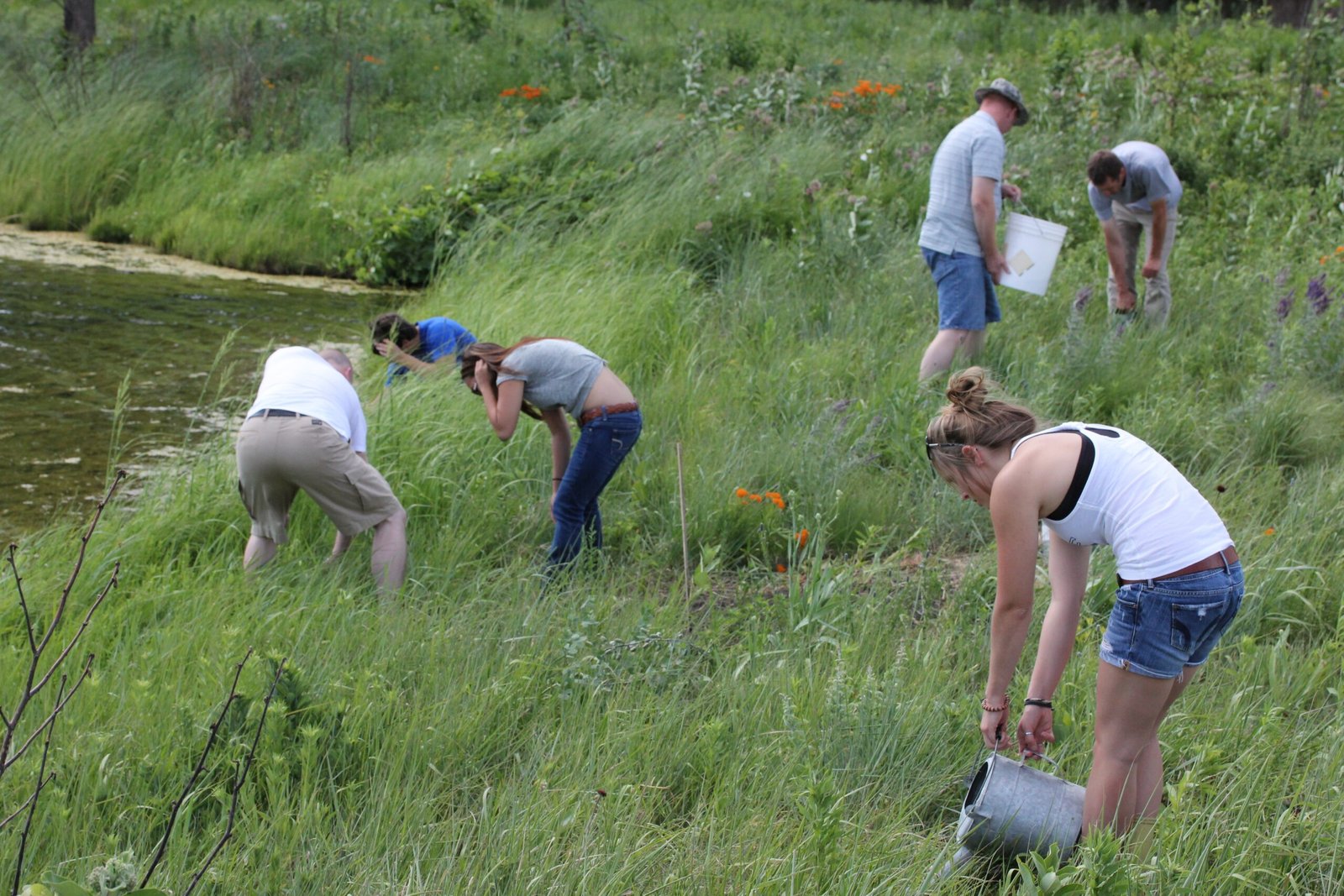
Saving the Florida Grasshopper Sparrow meant more than just saving the bird—it meant restoring its home. Conservationists worked tirelessly to return Florida’s prairies to their former glory. They used controlled burns to keep woody plants at bay and encourage the growth of native grasses. Invasive species were removed, and cattle grazing was managed to mimic the natural disturbances these ecosystems need. This hands-on approach not only benefited the sparrows but also helped countless other species that depend on the prairie. The land itself began to heal, buzzing with life once more.
Unexpected Allies: Partnerships That Made a Difference
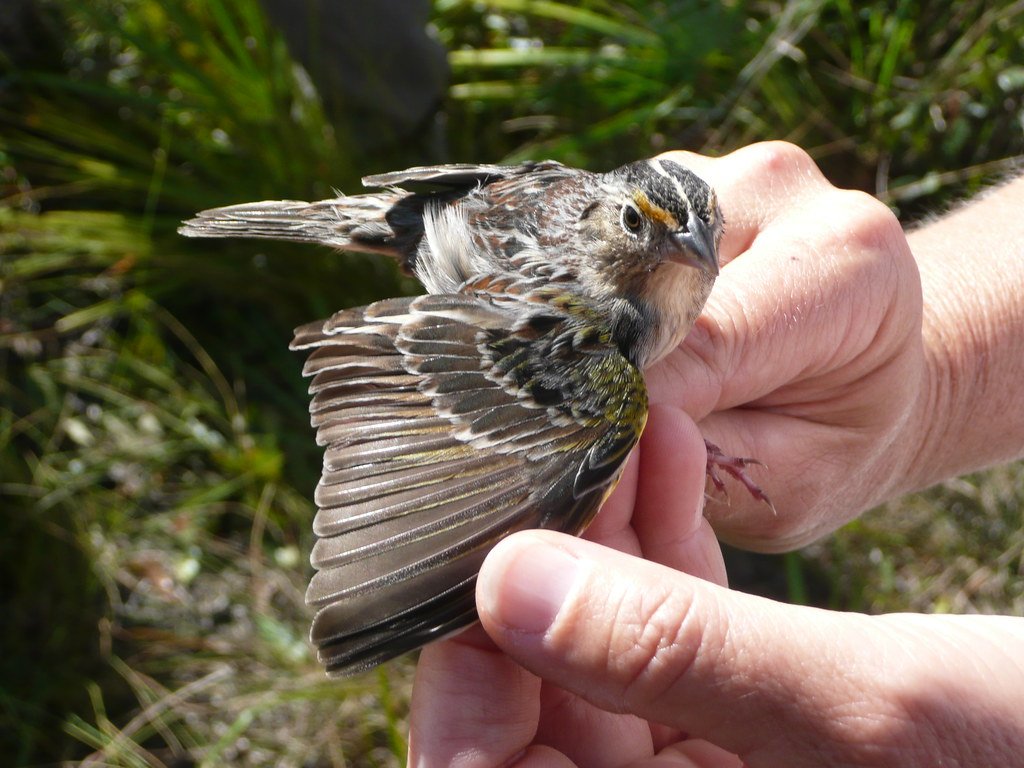
The fight to save the Florida Grasshopper Sparrow brought together a remarkable coalition of allies. Federal and state wildlife agencies joined with nonprofit organizations, private landowners, and even local ranchers. Each partner brought unique skills and resources to the table, turning what could have been a fragmented effort into a united front. Ranchers allowed conservationists to work on their lands, while volunteers contributed thousands of hours monitoring nests and restoring habitat. These partnerships proved that when people put aside differences for a common cause, truly incredible things can happen.
Signs of Recovery: A Song Returns
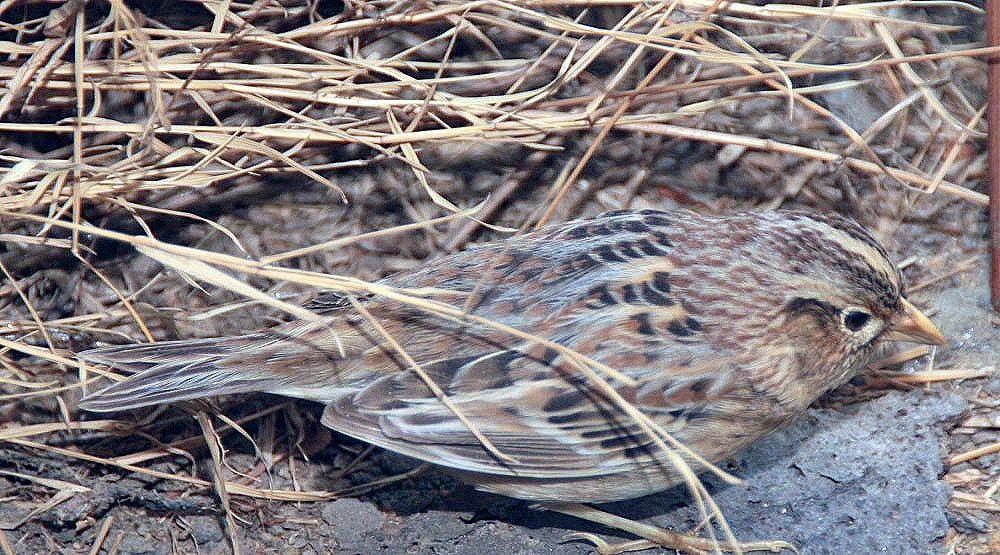
Today, the Florida Grasshopper Sparrow’s future looks brighter than it has in decades. Captive-bred birds are not only surviving in the wild—they’re thriving, with new nests and chicks appearing each year. The population is slowly climbing, and their gentle, buzzing song can once again be heard in the restored prairies. Seeing a bird that was nearly lost forever flutter through the grass brings joy and relief to everyone involved in the project. It’s a reminder that, even in the face of overwhelming odds, nature can bounce back when given a fighting chance.
Lessons for the Future: What We’ve Learned
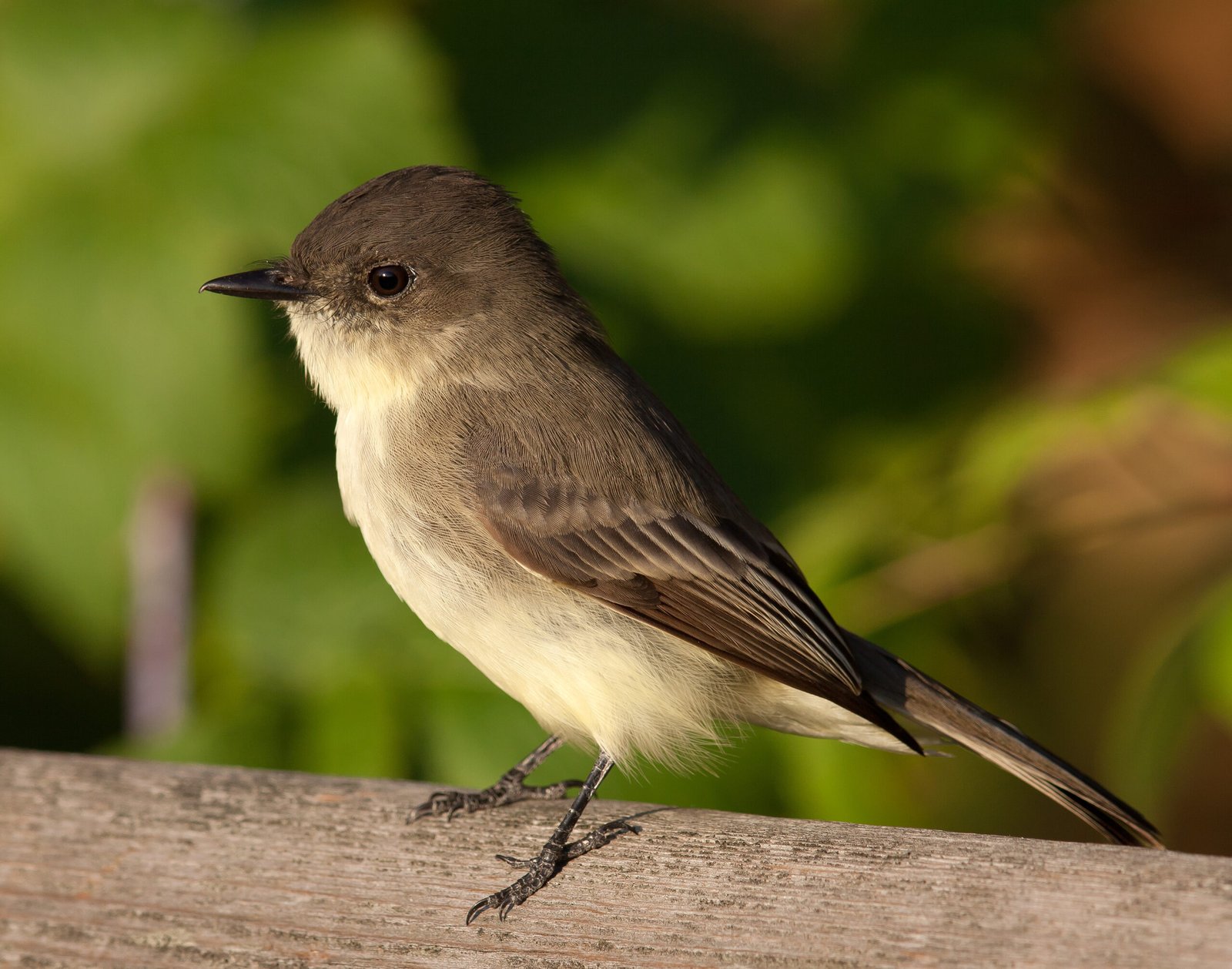
The story of the Florida Grasshopper Sparrow is filled with hard-earned lessons. It’s a powerful example of why early action is crucial when a species is in trouble. It highlights the importance of habitat conservation—not just for one bird, but for entire ecosystems. Most importantly, it proves that collaboration and persistence can turn the tide, even when hope seems lost. As climate change and habitat loss challenge wildlife around the world, the sparrow’s comeback offers a blueprint for future conservation efforts. It’s a story of resilience, teamwork, and the unbreakable bond between people and the natural world.
Why This Comeback Matters for Us All
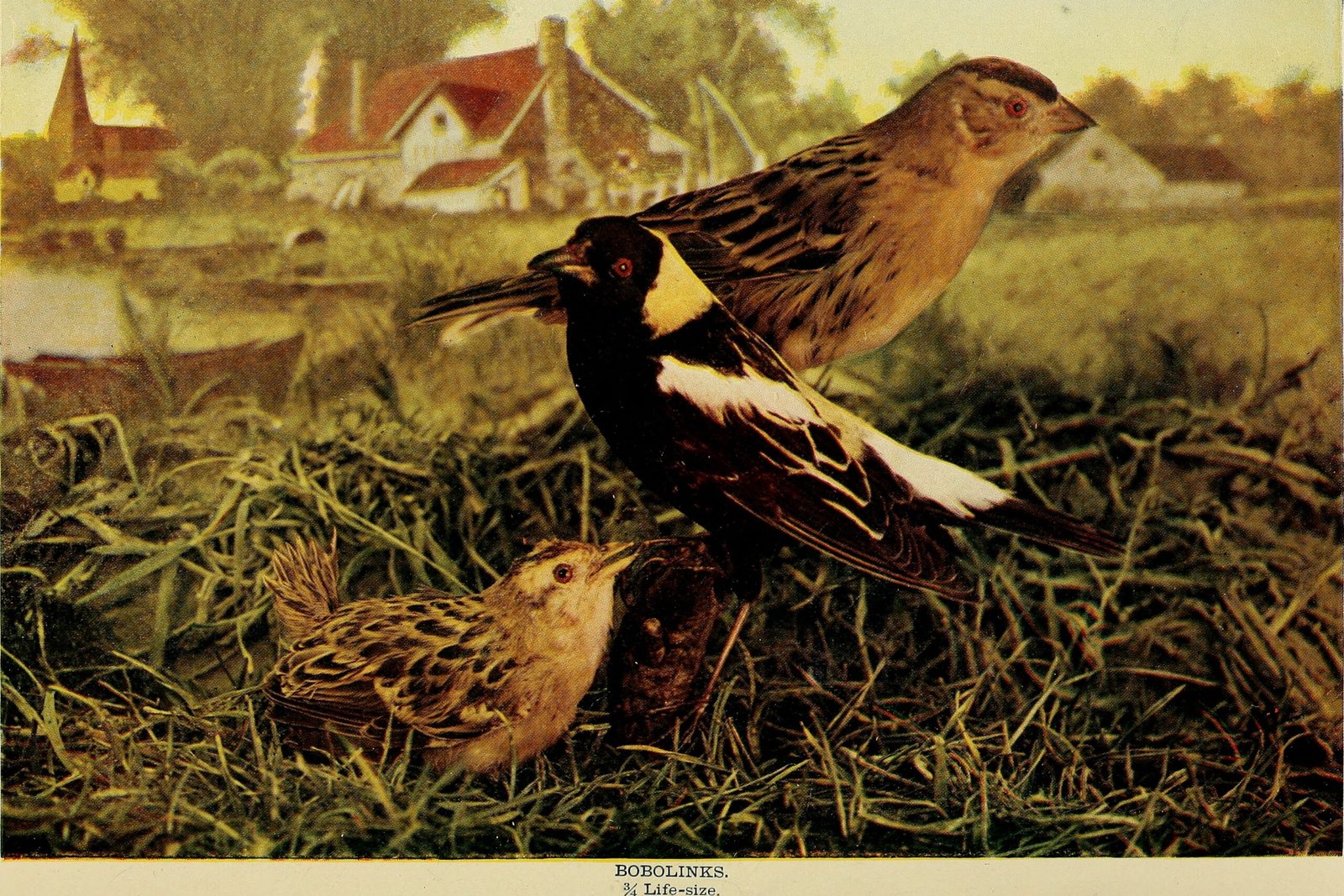
The Florida Grasshopper Sparrow’s return is more than a win for science—it’s a victory for everyone who believes in the power of hope. Saving this tiny bird meant saving a piece of Florida’s wild heritage, a living thread connecting us to the land and its history. It shows that, with enough passion and hard work, we can repair the damage done and create a future where wildlife and people thrive side by side. It challenges us to keep fighting for the species and spaces we love, no matter how tough the battle may seem. After all, if the rarest songbird in North America can make a comeback, what else might we achieve if we refuse to give up?

